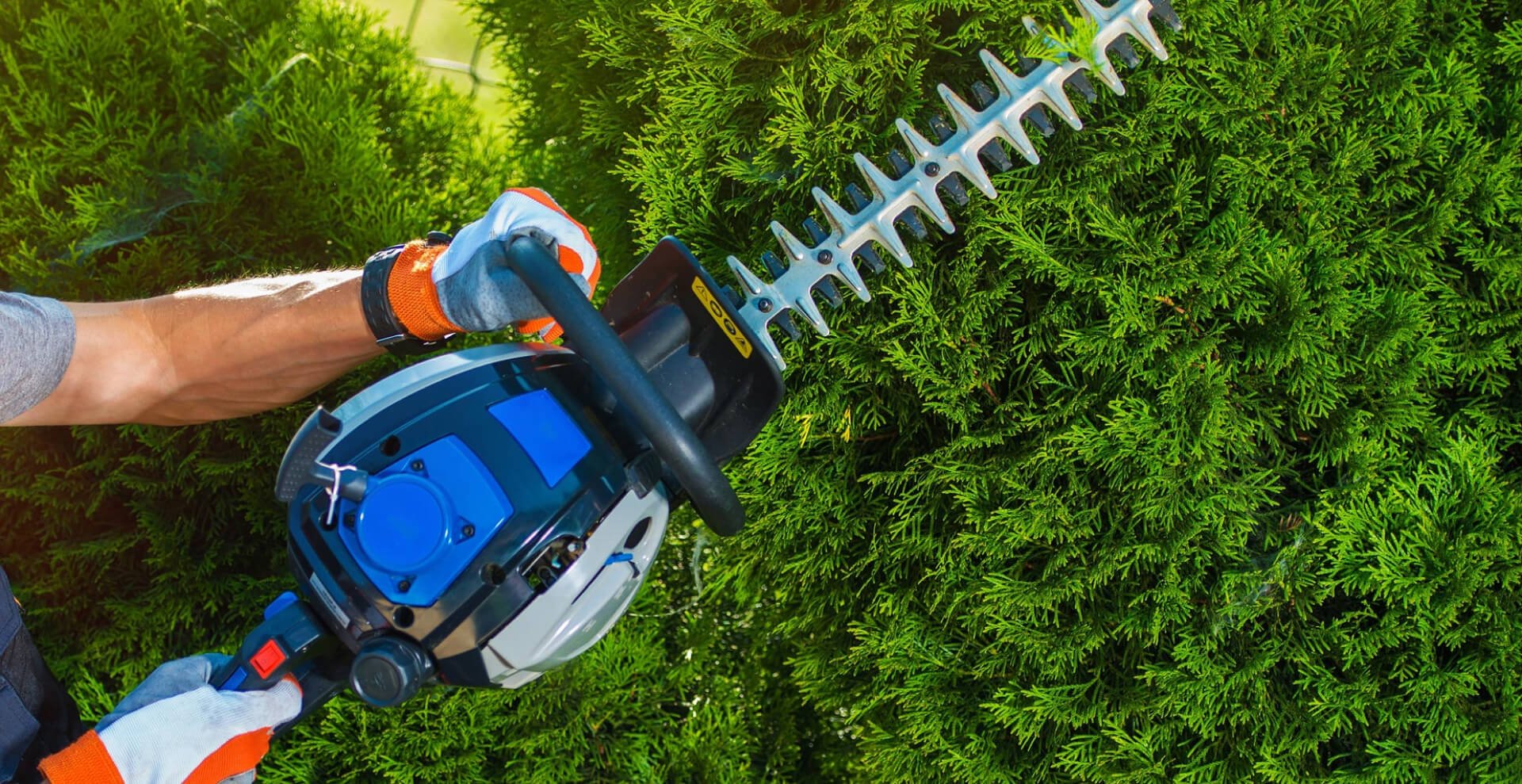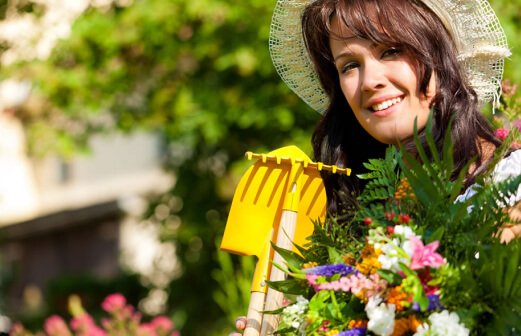
Pruning is an essential aspect of tree and shrub care, promoting healthy growth, aesthetics, and structural integrity. With proper techniques and timing, you can transform your landscape into a flourishing and visually appealing outdoor haven. In this comprehensive guide, we’ll delve into the art of pruning and provide a detailed DIY guide, including seasonal tips for Northeastern plants, to ensure optimal results.
Why Pruning is Important
Pruning involves the selective removal of branches and stems to encourage new growth, enhance airflow, and maintain the shape and health of trees and shrubs. By pruning regularly, you can achieve the following benefits:
Improved Health
Removing dead, diseased, or damaged branches prevents the spread of infections and pests, contributing to the overall health of the plant.
Aesthetic Appeal
Proper pruning enhances the appearance of trees and shrubs, creating a neat and well-maintained landscape.
Structural Integrity
Pruning can correct structural issues, such as crossing branches or weak attachments, preventing potential hazards during storms.

From cozy homes to commercial properties, we serve a wide range of clients, tailoring our services to meet their unique needs.

Donec at sem eleifend ligula efficitur pretium. Suspendisse fringilla quis arcu sed volutpat. Maecenas vitae tempus est. Aenean et elementum dolor. Suspendisse eget sollicitudin lectus. Ac maximus turpis. Quisque tristique, tortor in varius lobortis, sapien ex ullamcorper elit

Donec facilisis lobortis eros, eget pretium nunc tempor sit amet. Fusce consectetur tortor in quam ultrices faucibus. Suspendisse in dolor vulputate, ondimentum orci vulputate, aliquam arcu. Donec enim nulla, condimentum sit amet pharetra nec, consectetur nec dolor. Nullam tristique felis tortor.

Aliquam elementum neque in libero porta tincidunt. In sagittis pellentesque libero, et condimentum massa ultrices nec. Etiam blandit congue arcu vitae bibendum.. Vivamus eros nulla, molestie ut venenatis vitae, dictum at nunc.
DIY Pruning Guide for Northeastern Plants
Gather the Right Tools
Before starting the pruning process, gather the necessary tools, including hand pruners for small branches (up to 1/2 inch in diameter), loppers for larger branches (up to 1 1/2 inches in diameter), and a pruning saw for thicker branches.
Know When to Prune
Timing is crucial for successful pruning. In the Northeast, the best time to prune deciduous trees and shrubs is during late winter or early spring, while they are still dormant before new growth begins. This allows wounds to heal quickly, reducing the risk of disease transmission.
Assess and Plan
Examine your trees and shrubs carefully to identify branches that require pruning. Look for dead, damaged, or crossing branches, as well as any areas with excessive growth. Plan your pruning strategy to achieve your desired aesthetic and functional outcomes.
Pruning Techniques
- For smaller branches, use hand pruners and make clean cuts just above a bud or lateral branch.
- For larger branches, use loppers or a pruning saw. Make a cut first on the underside of the branch a few inches away from the main stem, then make a second cut a few inches further along the branch’s top side. This helps prevent bark from tearing and damaging the tree.
- Always prune at a 45-degree angle, sloping away from the bud or lateral branch.
Consider Growth Habit
Different trees and shrubs have unique growth habits, and understanding these characteristics is crucial for proper pruning. Some species may require selective thinning to encourage airflow and reduce disease risk, while others may need renewal pruning to rejuvenate old or unproductive growth.
Post-Pruning Care
After pruning, it’s essential to provide proper post-pruning care. Water your plants thoroughly to promote healing and encourage new growth. Consider applying a layer of organic mulch around the base of trees and shrubs to conserve moisture and protect against extreme temperatures.
Seasonal Pruning Tips for Northeastern Plants
Spring (Late Winter to Early Spring)
- Prune deciduous trees and shrubs before the onset of new growth.
- Remove dead, damaged, and diseased branches to promote healthy growth.
- Thin branches to enhance airflow and light penetration.
- Consider rejuvenation pruning for overgrown or unproductive shrubs
Summer
- Limit pruning during summer to avoid stressing plants during active growth.
- Remove any dead or diseased branches promptly.
Fall
Avoid major pruning in the fall, as it may stimulate new growth that can be susceptible to winter damage.
Winter
Prune deciduous trees and shrubs during the dormant season for optimal healing.
Proper tree and shrub pruning is an essential skill for any gardener or homeowner looking to maintain a healthy and visually appealing landscape. By following this comprehensive DIY guide and adhering to the seasonal pruning tips for Northeastern plants, you can enhance the health, aesthetics, and structural integrity of your trees and shrubs. Remember that each plant species has unique needs, so take the time to learn about your specific trees and shrubs to achieve the best pruning results. Happy pruning!




